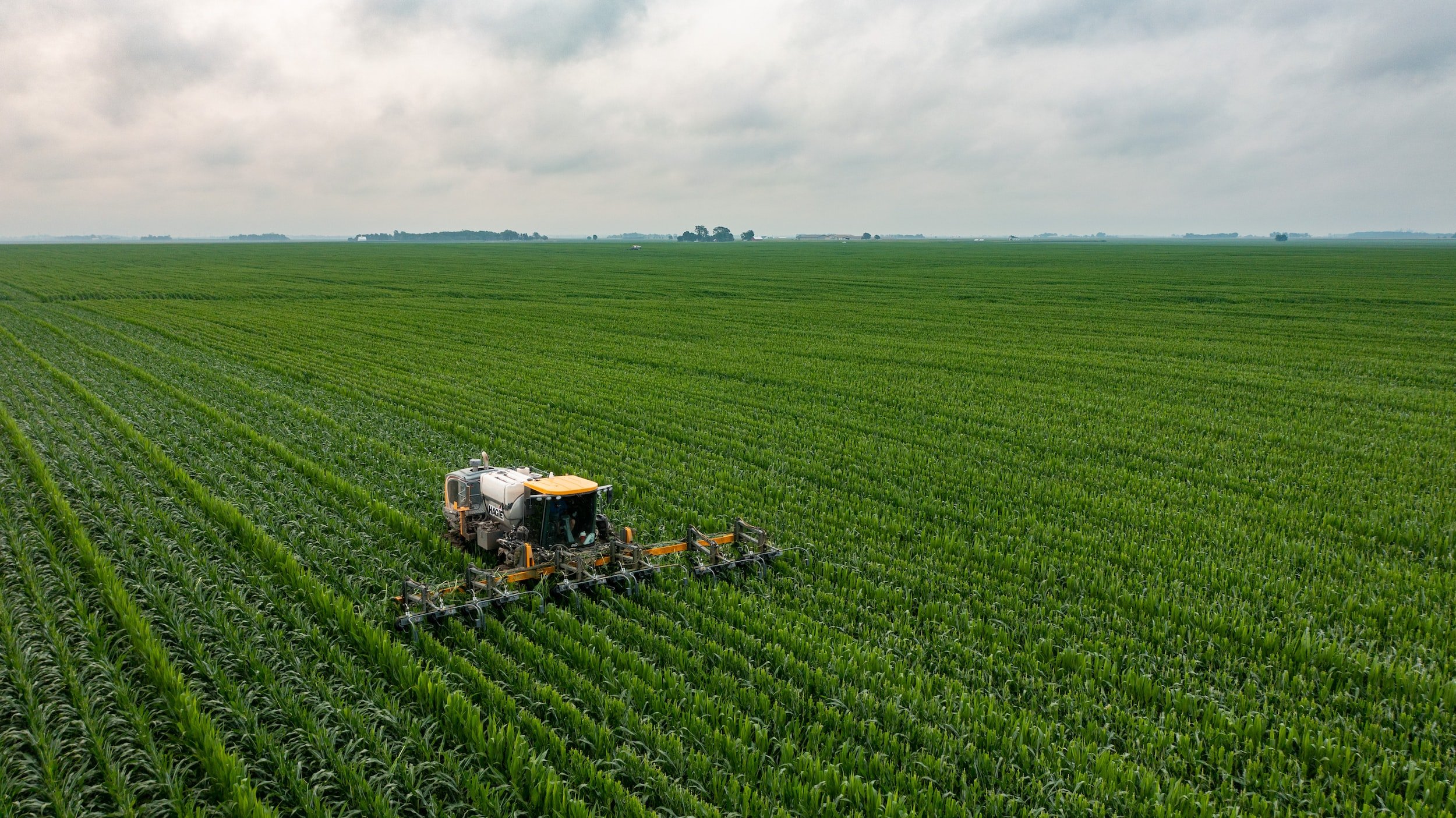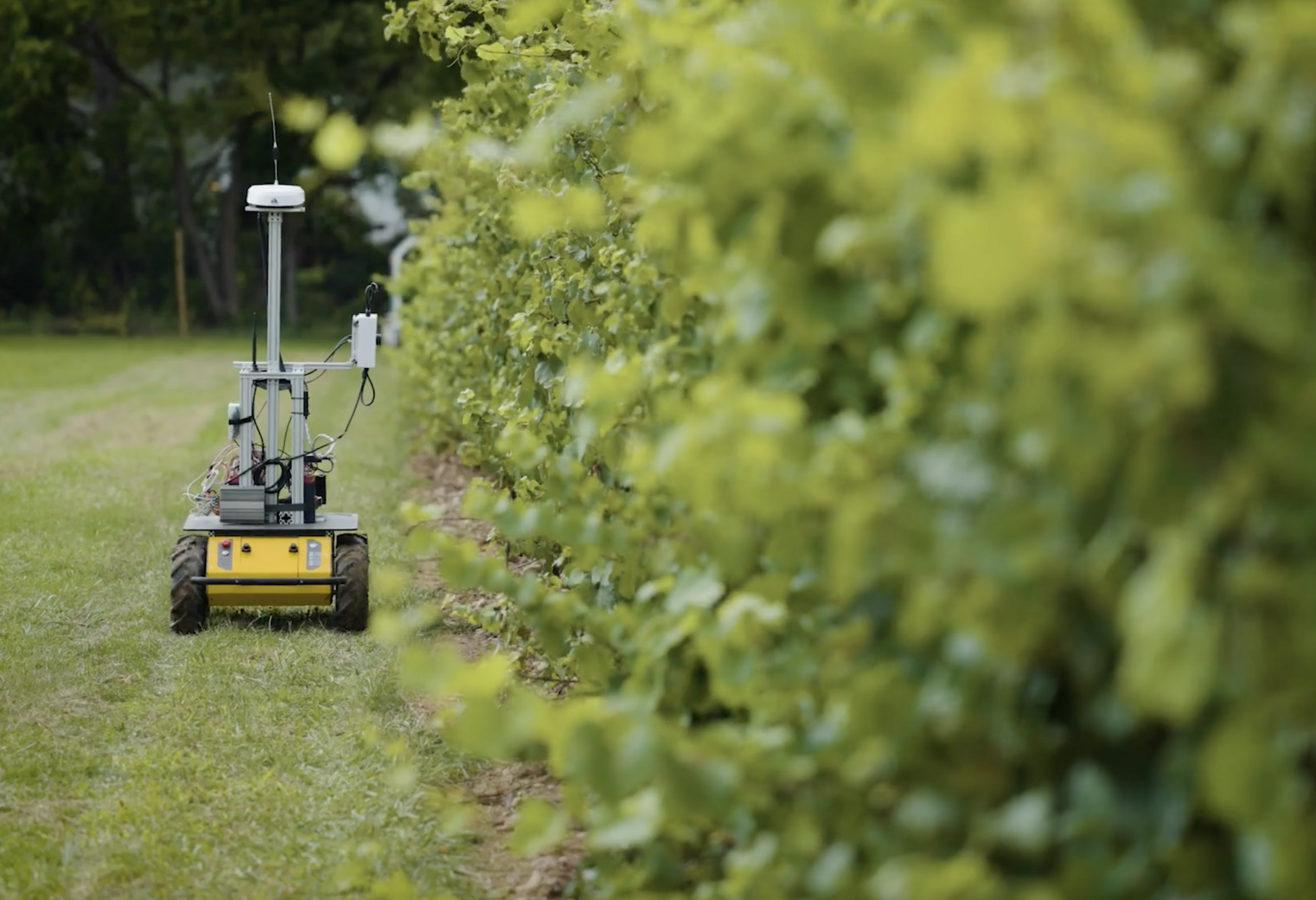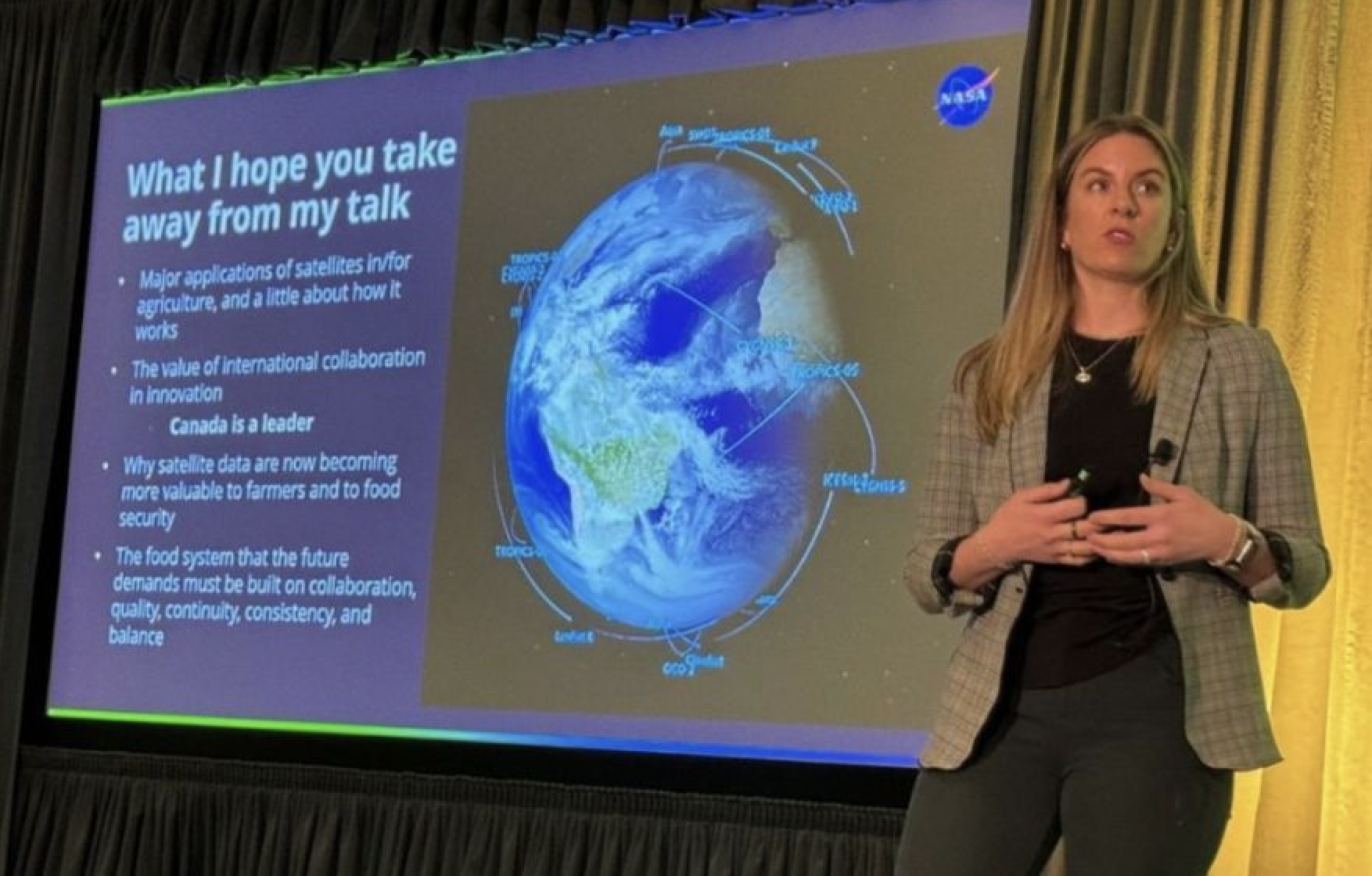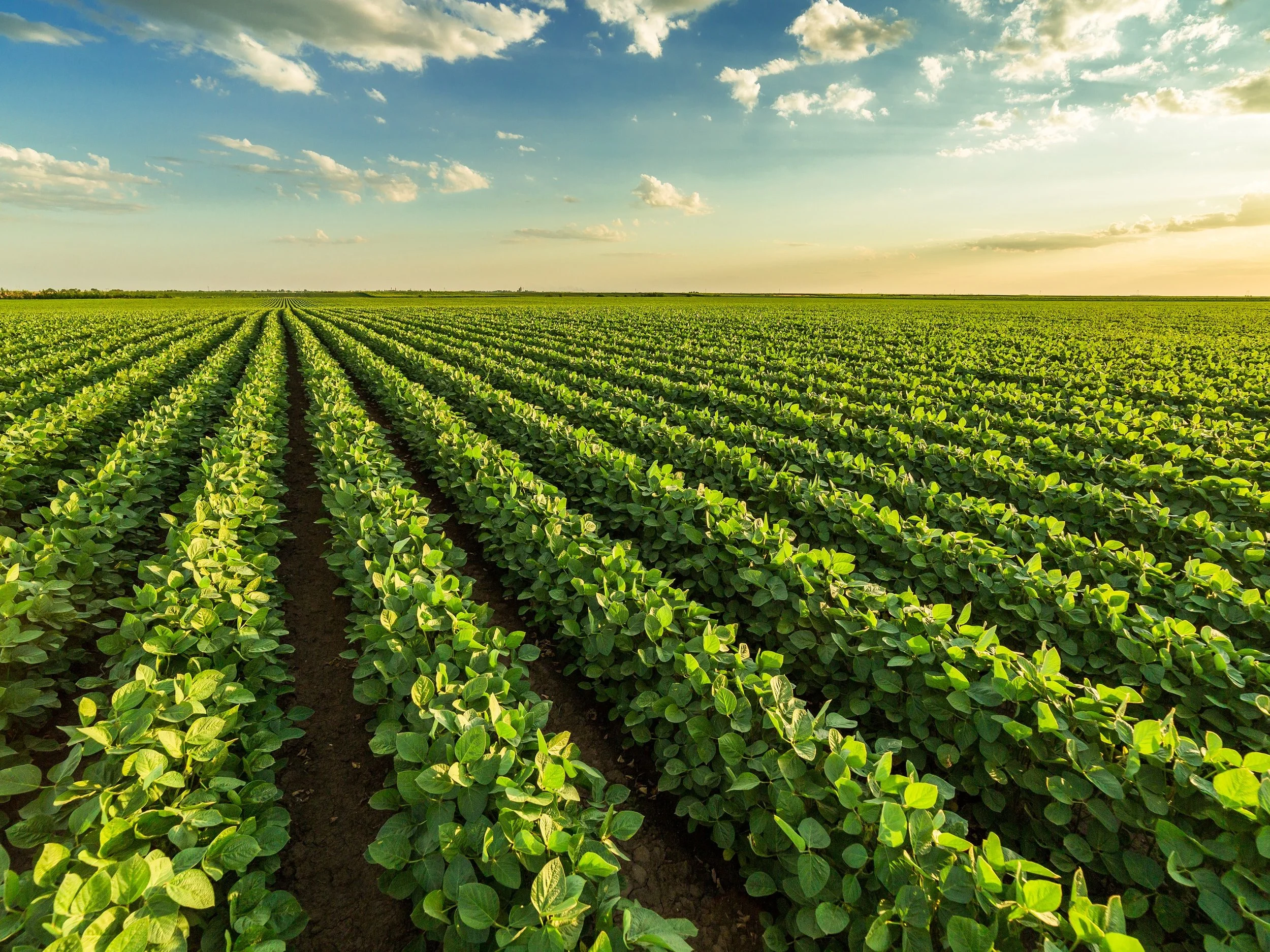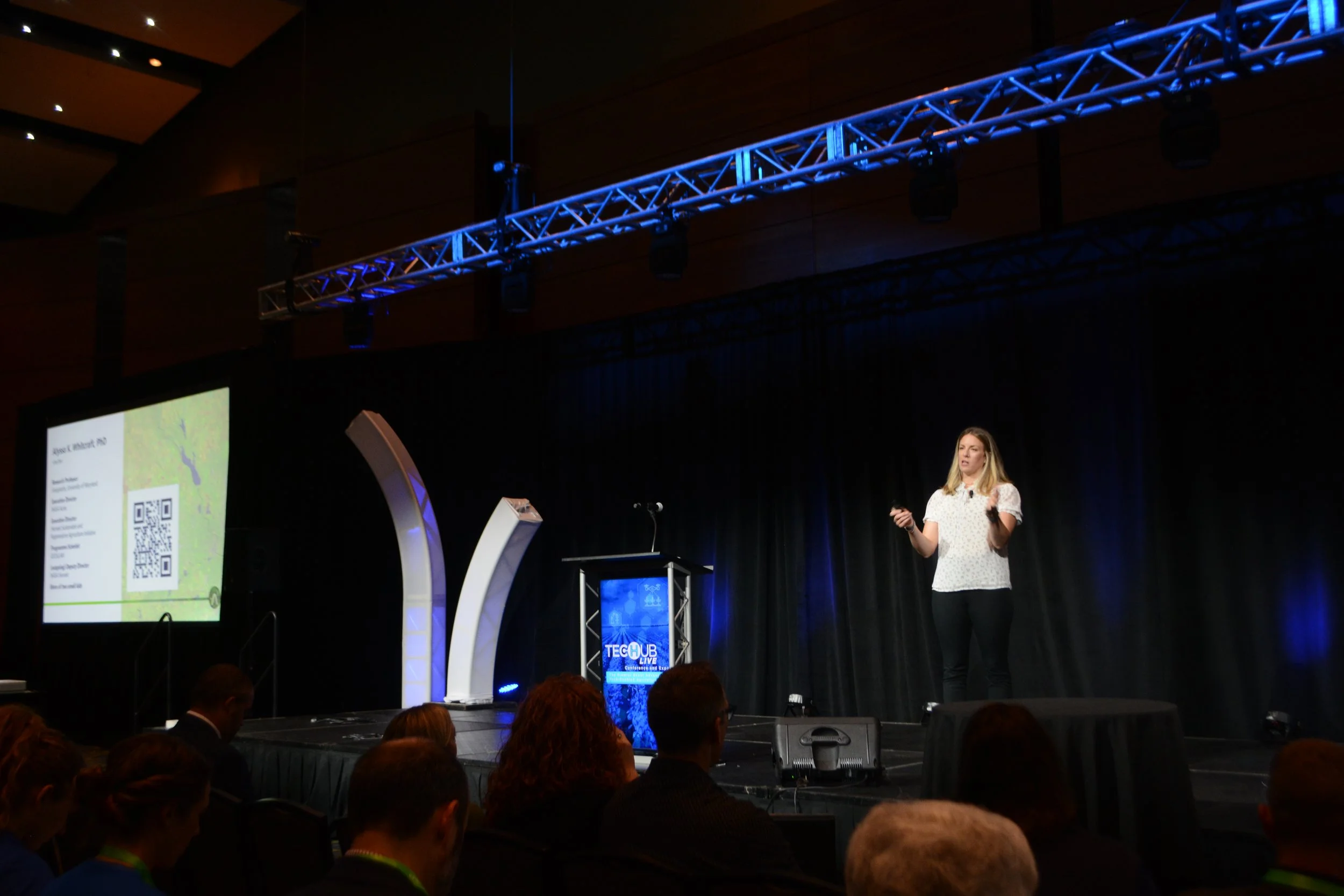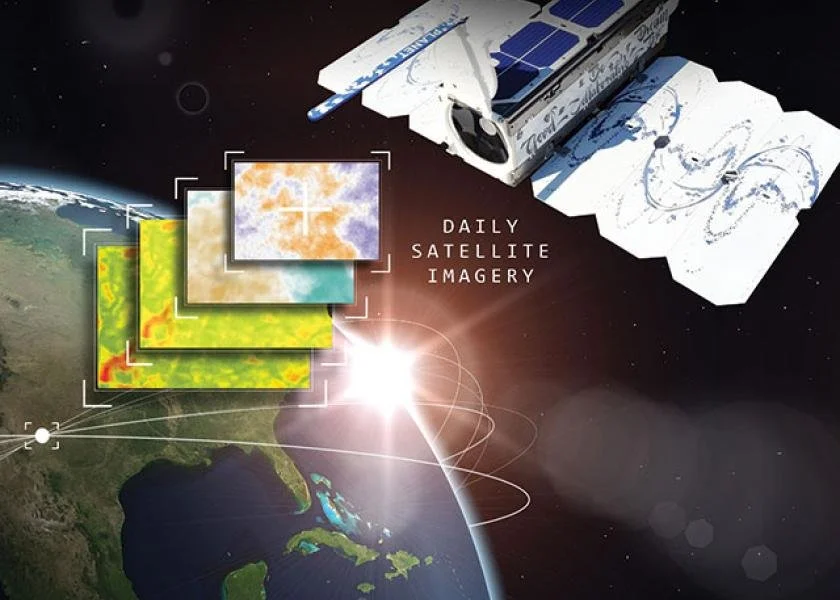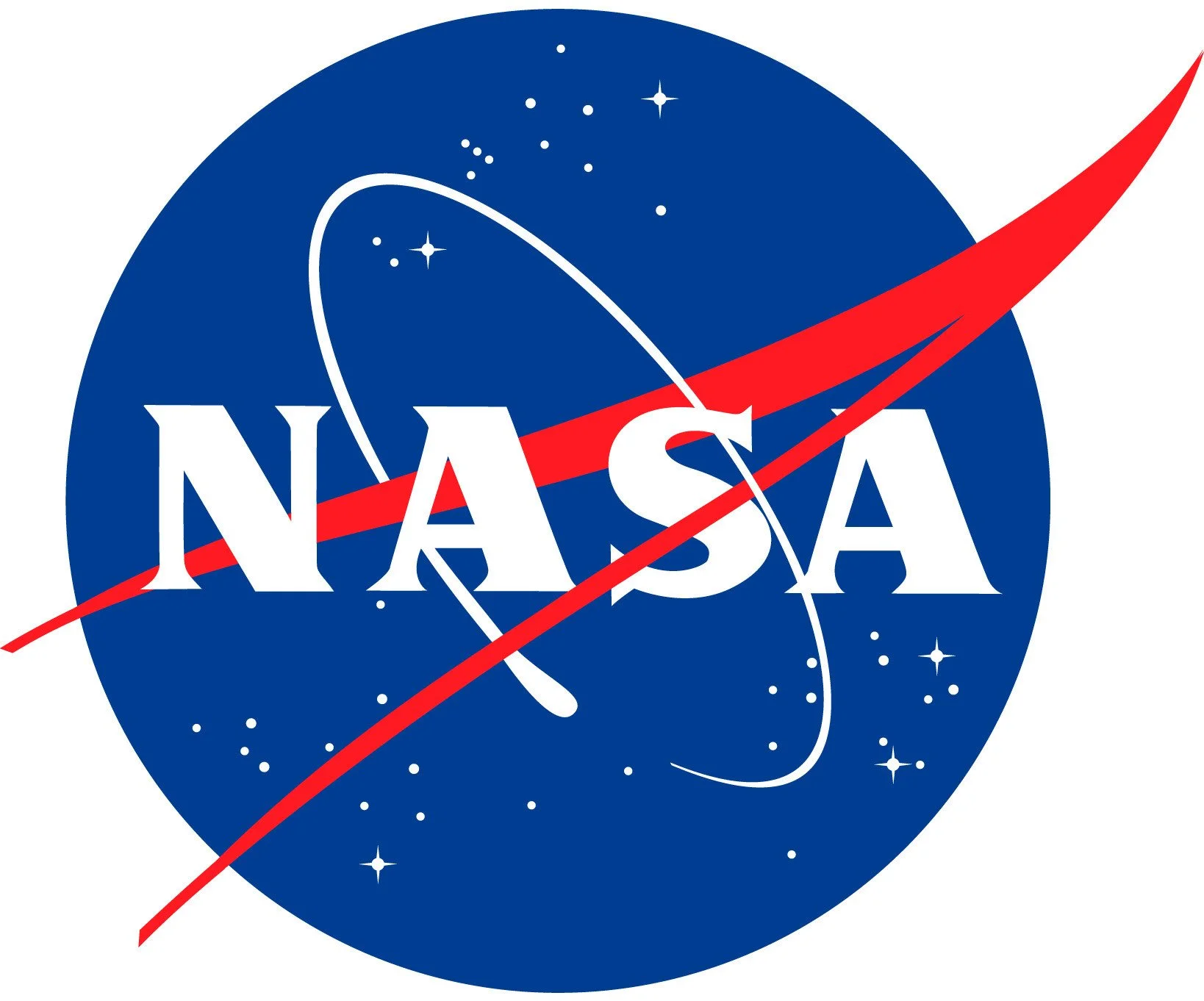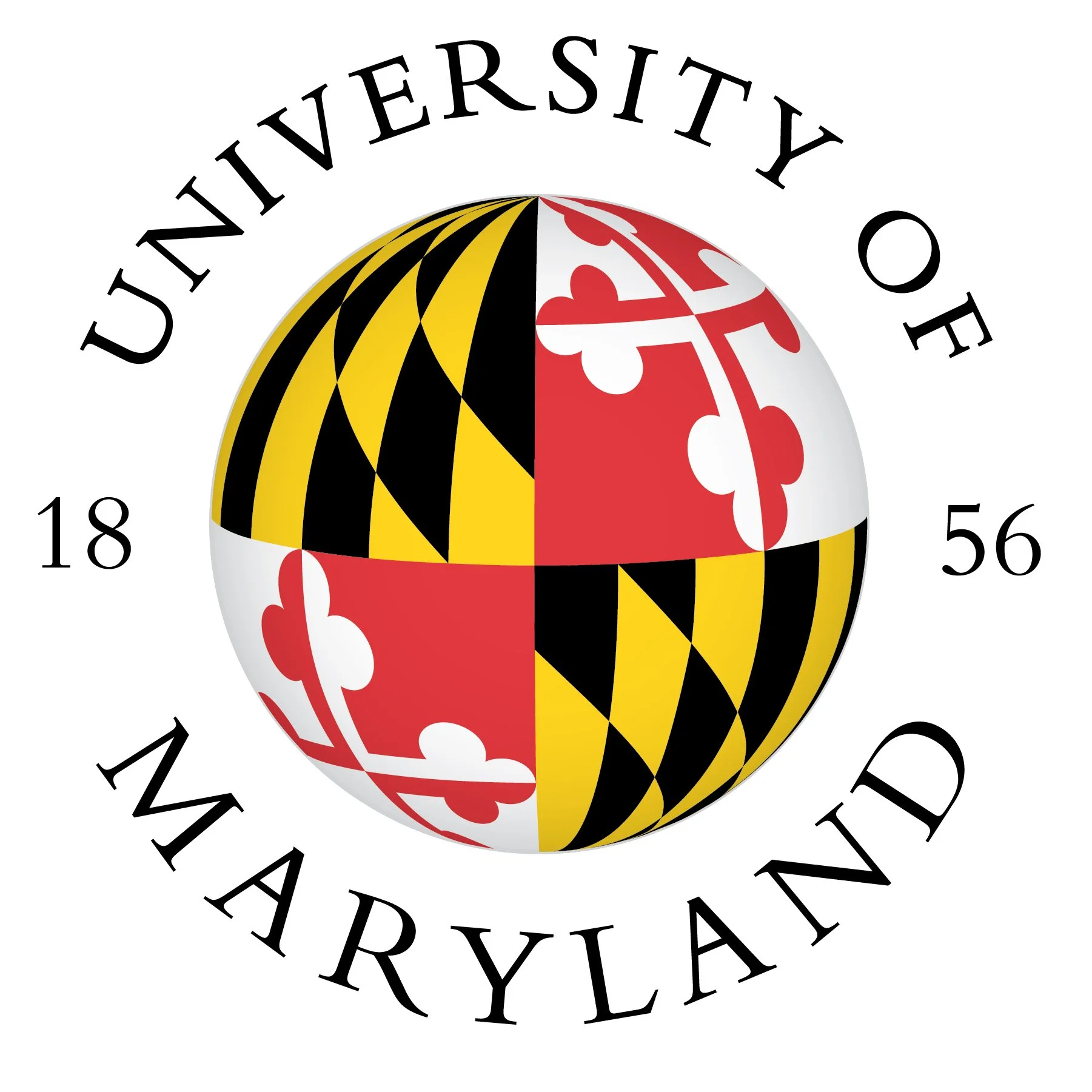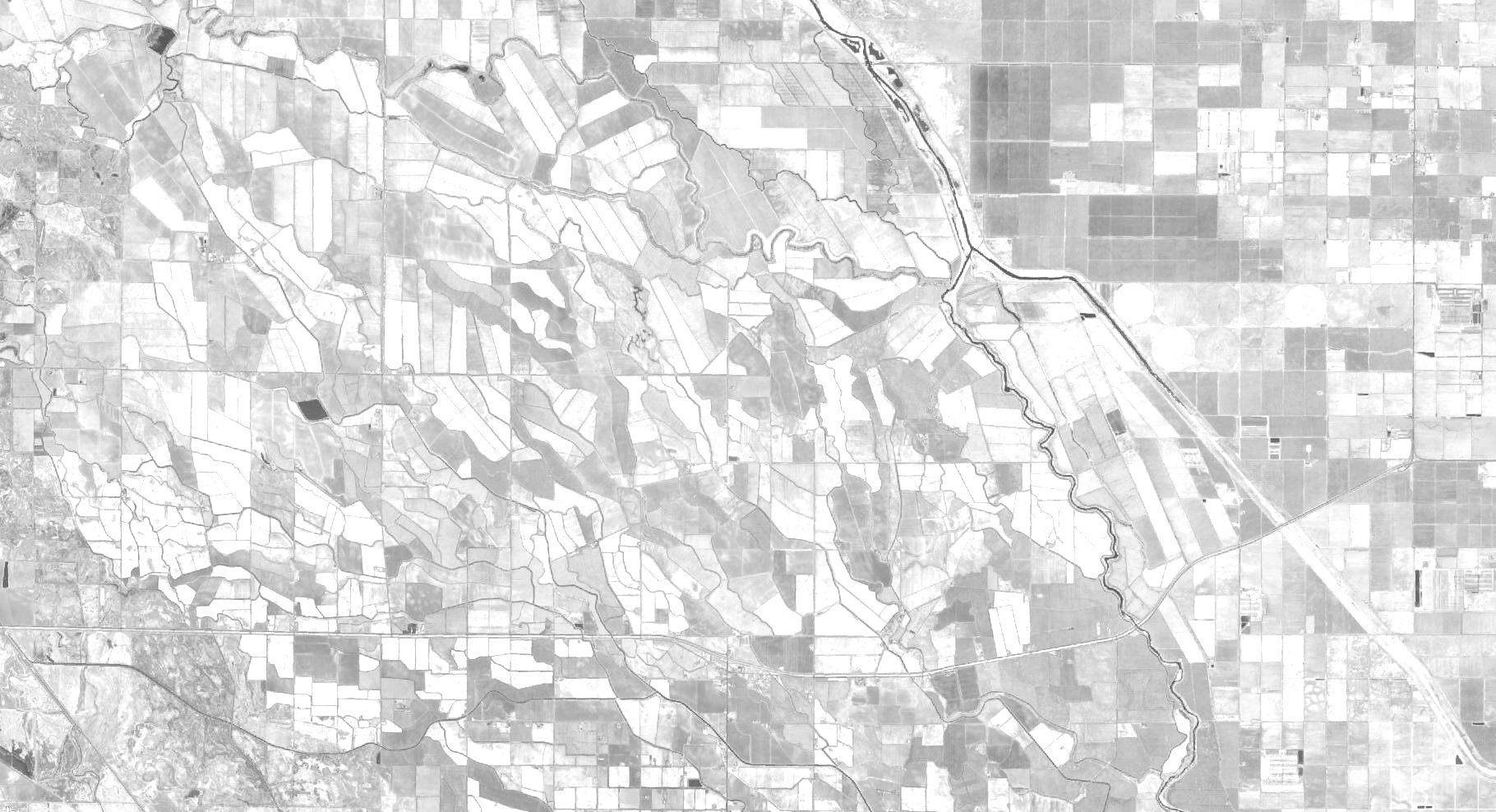
News
NASA Acres Showcases Cutting-Edge Agricultural Science at Living Planet Symposium in Vienna
NASA Acres Research, Development, and Extension Partners took the global stage at the 2025 Living Planet Symposium in Vienna, Austria, presenting groundbreaking work on Earth observation applications for both U.S. and international agriculture. Hosted by the European Space Agency, this triennial event brings together scientists, policymakers, and technology leaders from around the world to explore the future of satellite data and its role in addressing global challenges.
New Synthesis Highlights the Potential – and Current Limitations – of Satellite Data in Rangeland Management
A new article released by researchers Tony Vorster and Nicholas Young at Colorado State University’s Natural Resource Ecology Laboratory, in partnership with the NASA Acres Consortium, explores how satellite imagery and other remote sensing technologies can inform rangeland management across the American West. The paper, "Opportunities and Limitations of Remote Sensing for Rangeland Management", offers land stewards a grounded, practical guide to navigating the growing suite of digital tools.
Researchers are Using Satellite Imagery to Help Predict Soybean Quality Before Harvest
Soybean production in the U.S. has steadily been on the rise over the past two decades, driven by both its versatility and economic value - with national acreage growing by over 18 percent. There is growing interest in improving soybean management practices and better understanding seed quality traits. To support this effort, a team of researchers, led by Ignacio Ciampitti (formerly at Kansas State University, now at Purdue University) and Carlos Hernandez (Kansas State University), is advancing research that integrates in-field crop data with open-source satellite imagery to better understand factors that influence soybean quality and predict traits, such as protein and oil content, before harvest time.
Satellite Solutions for Ag: Highlights from AGU24
Last week, NASA Acres and our sister Consortium, NASA Harvest, had a packed week at AGU’s Annual Meeting. Together, we convened a poster session and three oral sessions under the theme “Satellite Solutions: Advancing Agricultural Monitoring Through Remote Sensing.” These sessions showcased new findings, methods, data sources, and challenges across scales and geographies related to the use of Earth observations for agriculture and food security.
Check out this recap by Keelin Haynes at NASA Harvest sharing highlights from the week.
UIUC Researchers Launch Data-Driven Tool to Help Illinois Farmers Optimize Fertilizer Use
Researchers at University of Illinois, led by Kaiyu Guan (Chief Scientist at NASA Acres) have developed a tool to help Illinois corn farmers optimize nitrogen (N) fertilizer use. The Maximum Return To Nitrogen (MRTN) Tool uses data on N fertilizer response and prices to help farmers apply only what’s needed, improving returns and reducing environmental impact.

NASA Acres In The News
